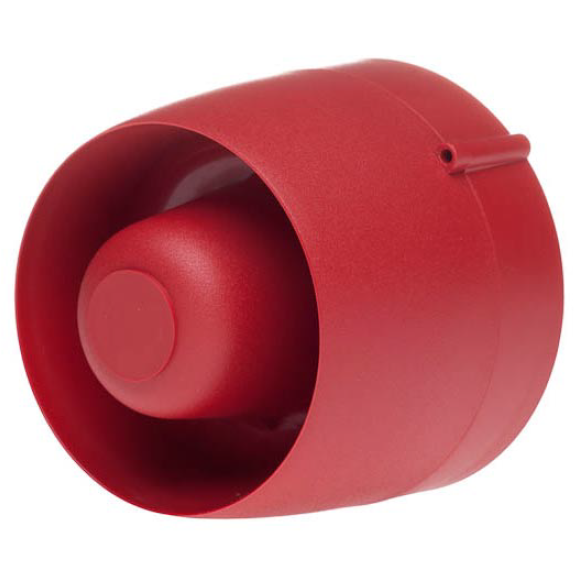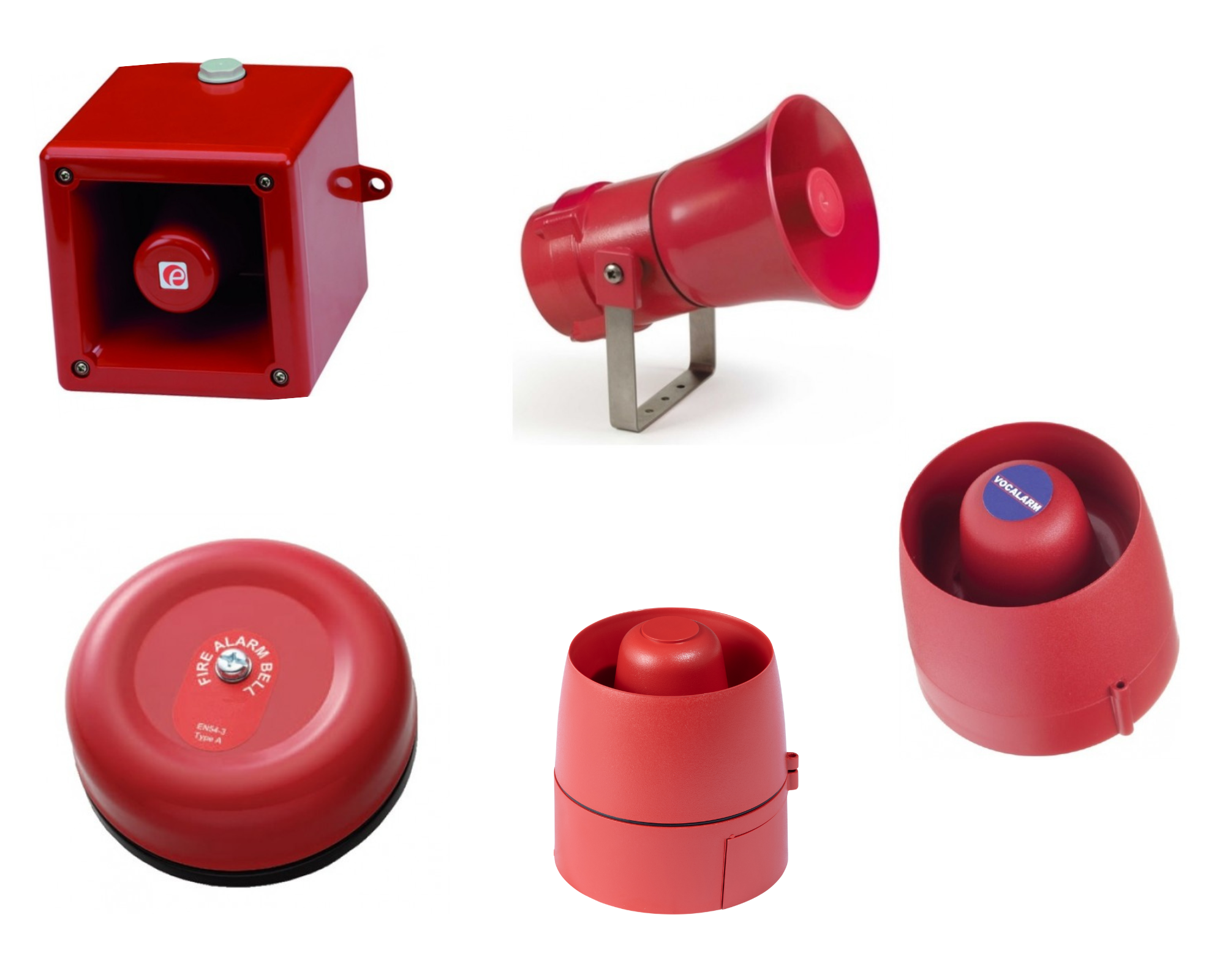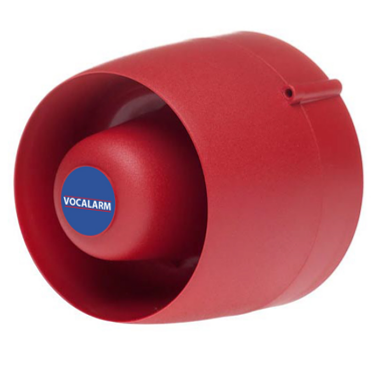AN INRODUCTION TO EN54-3 APPROVED ALARM SOUNDERS
Fire alarm sounders are essential safety devices that are designed to alert occupants of a building in the event of a fire or other emergency. They are an audible part of a fire alarm system, and their primary function is to produce a loud sound to warn people to evacuate the building.
A sounder typically produces a loud, distinctive sound that is easily recognizable as a fire alarm. It is usually mounted on the ceiling or wall, and it can be powered by electricity or battery. The sounder is connected to the fire alarm control panel, which is the brain of the fire alarm system.
What guidelines exist?
In the UK and Europe, there are specific regulations and guidelines that dictate the requirements for fire alarm sounders. The British Standards Institution (BSI) has set out regulations for sounders in the form of the BS 5839-1 standard. This standard specifies the requirements for fire alarm systems in non-domestic buildings.
According to the BS 5839-1 standard, fire alarm sounders must produce a minimum sound level of 65 decibels at three meters. The sounder must also have a distinctive sound that is easily recognizable as a fire alarm and must be able to operate for a minimum of 30 minutes on backup power in the event of a power failure.
EN54-3 is another European standard that pertains to the certification and performance specifications of fire detection and fire alarm system components, specifically for the “Fire Alarm Devices – Fire Alarm Sounders” category. It focuses on the acoustic performance of fire alarm sounders used in fire detection and alarm systems.


What are the types of fire alarm sounders?
There are different types of fire alarm sounders available, including bells, horns, and electronic sounders.
- Bells: Bells are traditional fire alarm sounders that produce a distinctive ringing sound. They are often characterized by a loud and clear tone, creating a familiar and attention-grabbing alert.
- Horns: Horns are sounders that emit a powerful, directional sound. They produce a loud and attention-demanding tone, typically in the form of a continuous blast or intermittent patterns.
- Sirens: Sirens are highly effective sounders that generate a loud, wailing sound. They are known for their piercing and attention-grabbing tone, which is designed to quickly capture the attention of occupants in an emergency.
- Electronic Sounders: Electronic sounders utilize electronic circuitry to generate a range of audible signals. They offer versatility in terms of sound output, allowing for customizable tones, patterns, and volume levels. Electronic sounders are often programmable and can be synchronized with other alarm devices for a coordinated alert.
In addition to the standard fire alarm sounders, there are also voice alarm sounders available. These devices are equipped with pre-recorded messages that provide occupants with specific instructions in the event of an emergency. Voice alarm sounders can be particularly useful in large buildings where it may be difficult to hear a standard fire alarm sounder.
Highlights To Remember
Alarm sounders must produce a distincitive warning sound
BS 5839-1 defines sounders requirements
SOUNDERS SHOULD BE INTEGRATED WITH VISUAL ALARMS
perform regular testing and maintenance on sounders
minimum 30 minutes backup power required for sounders
if you have questions we are here to help
Still have unanswered questions?
Our experience in alarm applications expands beyond what we have available online. We’re here to help if we can.


